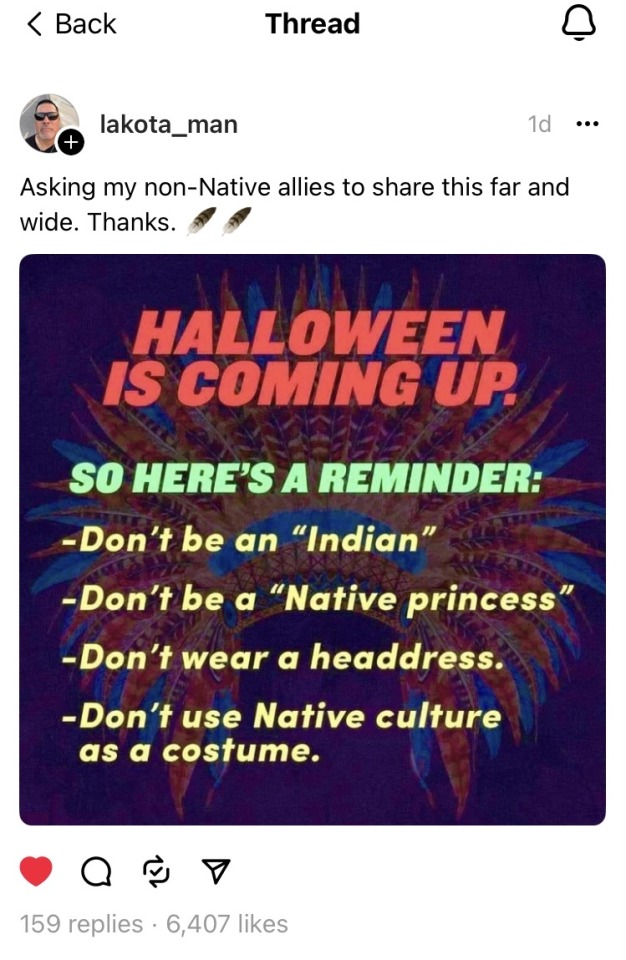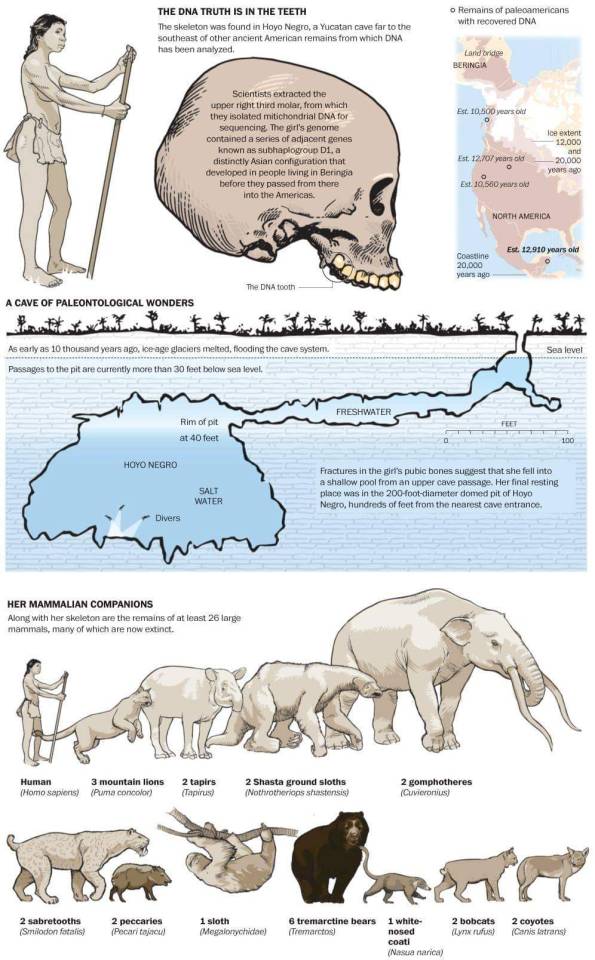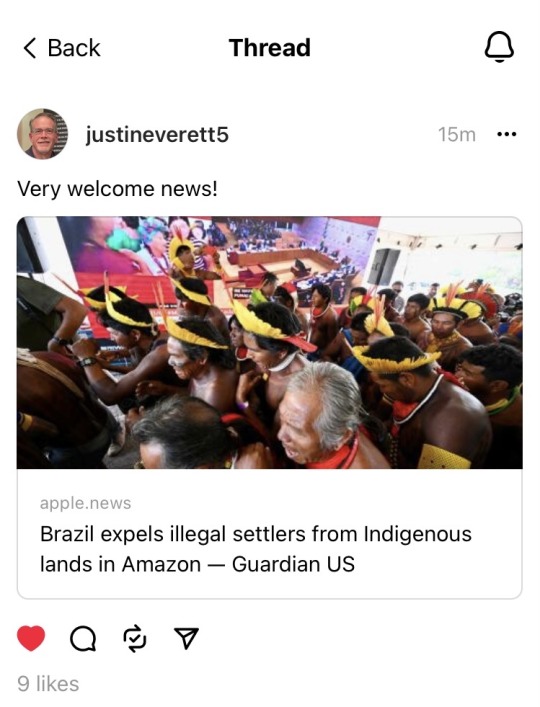#First Peoples
Explore tagged Tumblr posts
Text

#threads#threads app#threads account#threads an instagram app#leftism#leftist#left wing#indigenous#indigenous rights#indigenous people#halloween#happy halloweeeeeeen#costume#halloween season#halloween costumes#halloween stuff#first peoples#native american#socialist#socialism
406 notes
·
View notes
Text
Blatantly Partisan Party Review XIII (federal 2025): Indigenous–Aboriginal Party of Australia
Running where: for the Senate in NSW, QLD, and VIC, and in the House divisions of Parkes (NSW), Lingiari (NT), and Durack (WA)
Prior reviews: federal 2022, VIC 2022, NSW 2023
What I said before: “Their policy platform is really simple stuff: a community that wants to be taken seriously and not treated paternalistically. They seek the space to address their own issues on their own terms.” (VIC 2022)
What I think this year: The Indigenous–Aboriginal Party of Australia (IAPA) first contested the federal election in 2022, having been formed in the remote NSW town of Wilcannia, and then endorsed independent candidates at Victorian and NSW state elections because they did not yet have registration at state level. They also contested the 2023 federal by-election for Fadden (QLD), placing seventh in a crowded field of 13. I am pleased to see the IAPA is back contesting this election, with many candidates familiar faces from those prior campaigns, and I'm especially glad that they have been able to expand their efforts to contest two seats covering remote areas in NT and WA. I will be curious to see how much support they obtain in those seats at polling places for predominantly Indigenous communities.
The IAPA’s focus is firmly on the Indigenous communities whose interests they formed to promote and their goals are often rather simple things that reflect the unacceptable level of disadvantage many Indigenous people experience. Their focus is on an “Indigenous voice IN parliament”, seemingly a riff on the Uluṟu Statement’s call for a Voice TO parliament. There are, of course, Indigenous MPs in parliament, but the IAPA wants representation from a party devoted to Indigenous issues specifically. One of the main reasons the IAPA was created was to address environmental damage to Baaka (the Murray-Darling river system), which has profound spiritual significance as well as practical importance to the Indigenous peoples who live along and with it. This year the party’s “Healthy Rivers, Healthy People” policy also explicitly names the Martuwarra (Fitzroy River), which sits within the WA electorate of Durack, where they are fielding a candidate. This policy goes with two others emphasising the protection of sacred sites and management of water resources.
You will not be surprised to learn the IAPA wants to end the removal of Indigenous children from their families, with much greater support to be provided for in-home support instead, and that they want to stop the incarceration of Indigenous children. They promote a policy of prevention not punishment, with an emphasis on stopping youth offending to break the cycle of young people whose damaging experiences of incarceration lead to a lifetime of going in and out of prison.
IAPA’s approach to housing issues is a bit different from many parties, and it is informed by their distinctive purpose. Rather than discussing urban zoning, first-home buyers, negative gearing, or any of the usual suspects, their policy is about Indigenous housing especially in regional and remote areas. Their emphasis is straightforward and reflects the appalling housing conditions of some remote communities. They want provision of “basic services, materials, facilities and infrastructure; habitability; affordability; accessibility; legal security of tenure; and location and cultural adequacy”.
I said in 2022 that a lot of the IAPA's requests are so basic that they are depressing in how starkly they highlight the challenges and disadvantages experienced in many Indigenous communities, especially in remote areas. That remains true, as the housing policy shows, but happily they are also able to celebrate a couple of gains since their first platform was formulated. One is the introduction of an Indigenous crisis support line, 13YARN, which received over 70,000 calls in under three years (especially during the Voice debate) and one of the co-designers was recently awarded NSW Aboriginal Woman of the Year, Gamilaroi woman Marjorie Anderson. The IAPA is also glad that the federal government has acquired the copyright to the Aboriginal flag from corporate owners, although they qualify this with a note that “like the continent itself, the Aboriginal flag is not rightfully or morally owned by the Australian Government”.
The IAPA's Senate how-to-vote card for Queensland recommends preferences to Socialist Alliance, Legalise Cannabis, Australia’s Voice, Fusion, and the Greens, in that order. For Victoria, they haven’t issued a similar card but urge their voters to “please include a progressive party likely to win [in] the 6th spot, otherwise you may accidentally contribute to the election of a racist party”. It’s interesting they make no specific recommendation for Labor despite the Albanese government holding the Voice referendum.
Recommendation: Give the Indigenous–Aboriginal Party of Australia a good preference.
Website: https://www.indigenouspartyofaustralia.com/
#auspol#ausvotes#ausvotes25#Australian election#Australia#Indigenous Party#Indigenous-Aboriginal Party of Australia#Indigenous-Aboriginal Party#Indigenous Party of Australia#First peoples#First Nations#IAPA#Indigenous peoples#Indigenous politics#Aboriginal peoples#Aboriginal politics#good preference
21 notes
·
View notes
Text

Leather jacket decorated with glass beads. Great Plains, Lakota peoples, 19th century
Museum. This jacket features beaded pictographic motifs that likely detail biographical and historical narratives. For centuries, Plains Indian artist painted buffalo hides with family and community histories. The United States’ buffalo eradication program forced artists to adapt their paintings to paper, canvas, and muslin in what came to be known as ledger art. A female artist beaded this buckskin jacket with pictographic motifs, reinterpreting the art form back onto leather.
#reddit#artefactporn#munakatasennin#leather jacket#glass beads#great plains#lakota#19th century#pictographic motifs#plains indian#indian#first peoples#first nations#indigineous people#american indian#native american#art#clothing#beaded#buckskin#jacket#leather#horse#rider#women artists
37 notes
·
View notes
Text

“Deep beneath the soil of ancient Anatolia, archaeologists uncovered something unexpected—a mirror, carefully carved and polished from volcanic glass. It dates back to around 6000 BCE, when woolly mammoths still roamed parts of the Earth and most humans lived in simple farming villages. But this wasn’t just a shiny rock. It was a deliberately shaped, convex obsidian mirror, made to reflect the face of someone who lived over 8,000 years ago.
What makes it so extraordinary isn’t just its age—it’s what it reveals. To create a mirror from obsidian, you need incredible skill. Volcanic glass is brittle and razor-sharp. Yet someone in the Neolithic world managed to polish it to perfection, creating a surface that reflects up to 70% of the light—comparable to modern mirrors. This was thousands of years before writing or metalworking. And still, someone looked into that dark glass... perhaps to fix their hair. Or to see who they were.
It’s a quiet moment, frozen in time. When the world’s population was just 5 million, when agriculture was just beginning to spread, and when the first cats had only just curled up beside a fire, someone wanted to see their reflection. Proof that even in the age of stone and bone, humans were already reaching inward, not just outward.”
- Source: Sir David Attenborough’s Natural World
#Sir David Attenborough#Natural World#Anatolia#ancient ways#obsidian#mirror#volcanic glass#first peoples
15 notes
·
View notes
Text

7 notes
·
View notes
Text
Today, someone complimented me on having a lighter skin tone than "some other Natives I know," and then explained it was a good thing because I might be able to escape and blend in with the enemy when they came for us, and sweet mother mary and buddha too, She Was Not Joking and...
I am NOT OKAY WITH THIS.
#indigenous#first peoples#american indian#native american#we are still here#us politics#i cant even#race#they made it about race#resist
7 notes
·
View notes
Text

This post is about a Paleoamerican skeleton found in the Yucatan.
"In pre-Mayan Mexico, a slender, bucktoothed 15- or 16-year-old girl fell into a flooded, underground cavern about 12,000 years ago. She was a Paleoamerican, with features more akin to Africans and Southeast Asians than modern Native Americans. DNA collected from one of her molars reveals a direct connection to the people who crossed the Bering land bridge from Siberia more than 18,000 years ago. The discovery greatly extends the range of DNA information about Paleoamericans." Credit: The Washington Post.
12 notes
·
View notes
Text
youtube
this PBS video popped on yt about Cahokia :)
4 notes
·
View notes
Text

4 notes
·
View notes
Text
A ritual I hope to have complete by Thanksgiving/Indigenous People's Day
I made this with North American indigenous people in mind, but this is for anyone who opposes the destruction of indigenous people, their cultures, and their land.
I added angels from the Abrahamic tradition as two major oppressive organized religions stem from that - Christianity and Islam. I think we can add Israeli Judaism to that list, plus extremists of each religion. The angels aren't oppressive, but beliefs in them have been hijacked to form power structures, so those angels can also cut to the heart of the same power structures.
In research for this, White Buffalo Calf Woman stood out as one of the strongest North American native deities for this. I think she can open the way for transfer of power from perverse back to righteous - from colonizer to colonized, devourer to steward.
Gaia is the embodiment of all earth in ancient Greece. She's also well known amongst Europeans and colonizers, so her power can reach into our (colonizer) minds and open pathways as well.
I intentionally keep my blog quiet, but if you see this ritual and like it, please make it your own and perform it on Indigenous Peoples Day.
Ritual for Returning Respect and Agency to Indigenous Peoples
Purpose: To honor the Indigenous peoples of North America, restoring their respect, agency, and leadership. This ritual seeks to invite their wisdom and reverence for the Earth into the ethos of society, empowering them to guide cultural healing and transformation.
Steps for the Ritual
Materials Needed:
A feather (symbol of wisdom and freedom)
A small stone or crystal (symbol of Earth and ancestral grounding)
A white candle (for divine protection and justice)
A blue candle (for truth and communication)
Sage or cedar for smudging (cleansing and protecting their rightful heritage)
A bowl of water (representing emotional and collective healing)
Preparing the Space Begin by lighting the white and blue candles, symbols of divine justice and truth, casting their glow into the sacred space. Smudge the area with sage or cedar, letting the smoke rise as a blessing to purify and protect. Arrange the feather, stone, and bowl of water on your altar, representing wisdom, grounding, and the healing essence of nature.
Raising the Circle Stand at the center of your space, holding the feather and stone. Slowly turn clockwise four times. With each turn, envision a radiant circle of light forming around you as you say:
“I call forth a sacred space, A place of justice, truth, and grace. Within this circle, wisdom shall reign, Healing the world of its deepest pain.”
Let the circle shimmer with energy, a haven for respect, empowerment, and transformation.
Calling the Deities and Angels Invoke each sacred presence with reverence, inviting them to guide this work.
Archangel Michael: “Michael, guardian of justice’s flame, Stand with those history sought to defame. Shield their path, restore their might, Defend their honor, day and night.”
Archangel Uriel: “Uriel, angel of insight’s fire, Illuminate truths that inspire. Reveal the wisdom of nature and land, Guiding the world with your steady hand.”
White Buffalo Calf Woman: “Sacred Woman, bringer of peace, Let unity grow, let division cease. Guide us to honor the Earth’s design, Rooting respect in all humankind.”
Gaia, Earth Mother: “Gaia, nurturer, spirit of land, Your strength sustains, your wisdom commands. Teach us the reverence Indigenous know, To live in harmony, where life can grow.”
Feel their presence enter the circle, their energies intertwining with the light of your intent.
Focusing Your Intent Hold the feather in one hand and the stone in the other. Close your eyes and envision Indigenous peoples standing tall, respected and empowered, their voices shaping policies and cultural values. See their traditions and connection to the Earth becoming integral to society’s ethos.
Imagine a world where people honor the sacred balance of nature, where the wisdom of Indigenous leaders inspires compassion, sustainability, and unity.
Releasing the Energy and Opening the Circle Place the feather and stone back on the altar. Dip your fingers into the bowl of water and flick it outward, saying:
“This healing flows to the Earth and sky, Lifting the voices of those denied. Respect and wisdom spread their wings, Restoring balance to all things.”
Stand at the center of the circle. Turn counterclockwise as you say:
“This circle opens, its light takes flight, Blessing the world with truth and right. What we have nurtured now expands, Flowing to all, through hearts and hands.”
Visualize the energy of the circle sinking into the Earth and radiating outward, carrying the spirit of empowerment, respect, and reverence for nature into the world.
Releasing the Deities and Angels Offer your gratitude and release each presence with words of respect:
Archangel Michael: “Michael, your strength has stood so true, We thank and honor the work you do. Go now with grace, your duty complete, Until we call, your power we greet.”
Archangel Uriel: “Uriel, wisdom’s guiding star, You’ve shown the truths of who we are. Return with thanks to your radiant light, Blessing us still in the quiet of night.”
White Buffalo Calf Woman: “Sacred Woman, your peace we hold, Your lessons guide as they unfold. Return to spirit, your mission fulfilled, With gratitude deep and love instilled.”
Gaia, Earth Mother: “Gaia, nurturer, teacher, and friend, Your care and wisdom never end. With thanks, we honor your sacred way, May your blessings guide us every day.”
Feel their energies gently withdraw, leaving behind their influence to sustain the work.
Closing the Ritual Reflect on your connection to this purpose. Extinguish the candles, holding in your heart a renewed commitment to honoring Indigenous peoples and their wisdom. Pour the water into the Earth to join our precipitation system and spread ritual energy far and wide. Carry their respect for the Earth into your daily life, letting it guide your actions and inspire those around you.
#indian#native american#indigenous#wicca#witchcraft#heal#earth#environment#magick#justice#first peoples
2 notes
·
View notes
Text

#threads#threads app#threads account#threads an instagram app#threads post#good news#great news#decolonialism#decolonisation#decolonize#decolonization#brazil#indigenous#indigenous rights#native rights#first peoples#leftist#leftisim#leftism#news#international news#amazon#climate news#good climate news#environmental news#first nations
51 notes
·
View notes
Text

Honor shirt with glass beads and horse hair. United States, Blackfoot Confederacy, 1880-1910
Much of the regalia worn by men reflected their position within political, military and religious societies. Only recognized leaders could wear shirts like this one, trimmed with human hair or horsehair. Hair locks, whether a gift of allegiance or taken from an enemy or an animal, embodied personal honour. While First Peoples dress has adapted to changing times, regalia remains an important emblem of personal achievement and honour.
#mccord stewart museum#reddit#artefactporn#munakatasennin#honor shirt#shirt#glass beads#horse hair#united states#blackfoot#blackfoot confederacy#1880s#1890#1900s#1910#american indian#native american#indigenous#first peoples#native american heritage month
32 notes
·
View notes
Photo



(via The Prehistoric Ages: How Humans Lived Before Written Records)
#The Prehistoric Ages#How Humans Lived Before Written Records#Ancient Ways#First Peoples#Wild Frontiers#paleoanthropology
13 notes
·
View notes
Text

#Natinal Ribbon Skirt Day#Indigenous Heritage#Indigenous Culture#First Nations#First Peoples#Mary Simon#Her Excellency The Right Honourable Mary Simon#Governor General Mary Simon#Governor-General Mary Simon#Governor General Simon#Governor-General Simon#Vicereine#Vicereine of Canada#I love this woman#Canadian Instagram#Canada Chronicles
2 notes
·
View notes
Text

From the amazing island empire of Waori'lu'kalai, one of the Great Powers in my City of Wizards book series! The Island of Waori is home to the capital and is roughly the size of Australia, with many similarities to the real world continent - including the amount of deadly land flora, fauna and landmarks.
Waori'lu'kalai has approximately two hundred smaller islands united under what was originally a federation of sea-faring tribes. One of the most famous locales is the Island of Wah'hi, which has a staggeringly large population of dwarves. An ancient settlement, Pahak'hi, was actually built into the local volcanic mountains by the locals who have flourished over time, and were one of the founding cultural members of the original Waori federation. The Pahak'hi people are legendarily daring warriors and skilled craftsmen, and honor their history and traditions very strictly - examplified by the Pahak'hi smith featured above!
#artists on tumblr#creative writing#fantasy art#writers on tumblr#fantasy writer#dwarf#dwarves#oc art#oc#polynesian#hawaiʻi#maori#first peoples
3 notes
·
View notes